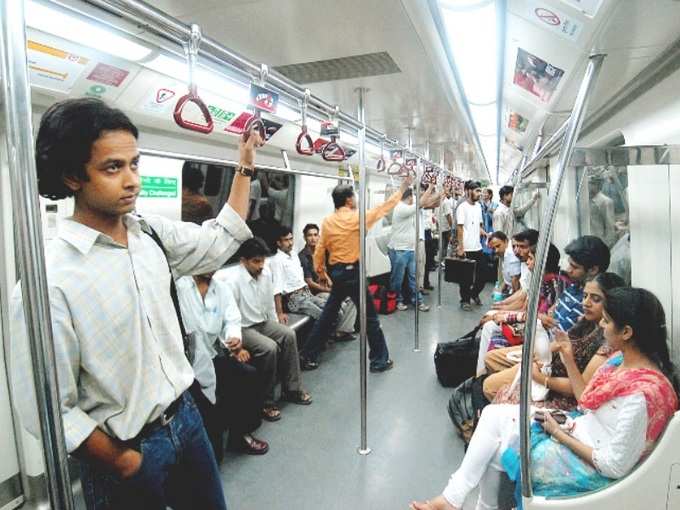
Think Mumbai and we think of the ‘maximum’ city; the city that never sleeps; the city on the Indian coastline that never ceases to amaze with its spirit and perseverance; the city that never loses the spring in its step.
Till now, the city lived and thrived upon its local train network. Most of the population must have spent most of their time in those trains, only visiting their respective homes to catch up on food and sleep. That may sound like an overstatement to many who don’t live there. But the truth is this train network, stretching up to 465 km and built by the British way back in 1853, forms the very core of the city’s soul.
Only recently, the city that is always on the move, got wind beneath its wings. It was a historic occasion for Mumbaikars when the
Just like the human facelift, it adds to the character of the city when it gets a metro. The city then ceases to live in time warp and joins the cadre of the ‘selected few’ cities in the world which are green, futuristic and efficient in every way.
Other ‘metro’ cities such as Kolkata, Delhi, Gurgaon and Bangalore are already contributing in reducing traffic density while the upcoming metro rail projects in cities like Jaipur, Kochi, Hyderabad and Chennai will ensure similar advantages. Plans to expand train operations are also afoot in the ‘metro’ cities.
Cities such as Chandigarh, Ludhiana and Bhopal are also making a beeline to get the ‘metro’ projects approved although they do not qualify for the same due to limited population. But this may spell good news for international players who see an opportunity to participate in building the country’s infrastructure.
As India has been one of the favourite destinations for international investments, countries like South Korea are showing interest in building the transport infrastructure of the country. In fact, Korean company Hyndai Rotem recently placed a huge order with Voith for the extension of
It is no wonder then that the infrastructure of Mumbai is undergoing a ‘Gen Z’ category of facelift. You need to keep in mind that the cities clocking growth are the ones which are driving the new economy and the facilities created for these cities with tremendous ‘growth potential’ are presumed to be world class, too.
To understand this better, we need to compare the Delhi, Mumbai or Bangalore Metro with those in Singapore, Hong Kong or New York. It will be a fair comparison because all the metro systems of the world today serve the same purpose – that of catering to different pockets of urban population.
Interestingly, a metro city is defined as one that has found solutions to meet its ever-growing transportation needs. A ‘global city’ is the one that has more than 60-80% of its population travelling by public transportation. And a metro rail plays a significant role in this marker of progress. It also efficiently addresses a city’s growing energy needs while bringing down the carbon footprint.
The world’s oldest metro system is the London Underground or the Tube that celebrated its 150th anniversary in 2013. This one has stood the test of time, compared to most other metros in the world, and has kept London comparatively free from traffic congestion.
Compared to the world metro networks, India has miles to tread and catch up with the speed. The Indian metro lines don’t come close to the technology advancements featured by the trains across the globe. But then, India has a unique problem – the high density of population.
However, Hong Kong, which decidedly grapples with the same challenge, does its act rather efficiently. The Hong Kong MTR (Metro) has earned praises for its presentation and schedule. It has also kept up with modern technology and offers free Wi-Fi services to passengers.
Seoul’s
While the Singapore Metro has been given partial thumbs-down by users for keeping the ticket queues long and inefficient, the London Tube is constantly undergoing upgrades in order to cope with modern-day requirements. The Paris Metro hasn’t done too badly either, considering the fact that it is one of the five busiest cities in the world. However, technology upgradation seems to be the need of the hour.
Now that India is embracing speedy and efficient transport systems, we must learn the nitty-gritty from the global counterparts wherever possible. But one thing stands very clear. The country has arrived late, but has arrived for sure. And India is here to stay in the global race when it comes to growth and progress.